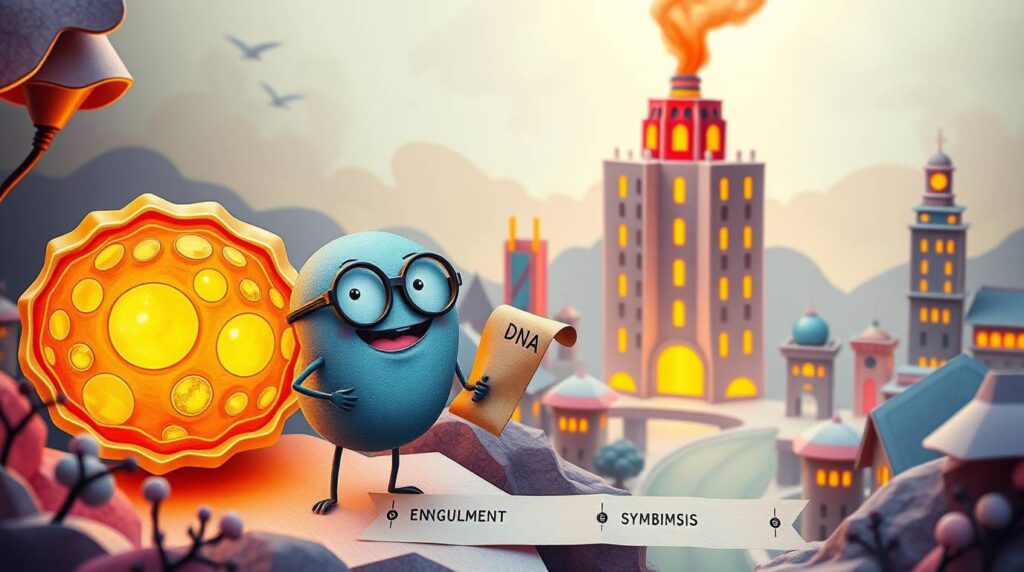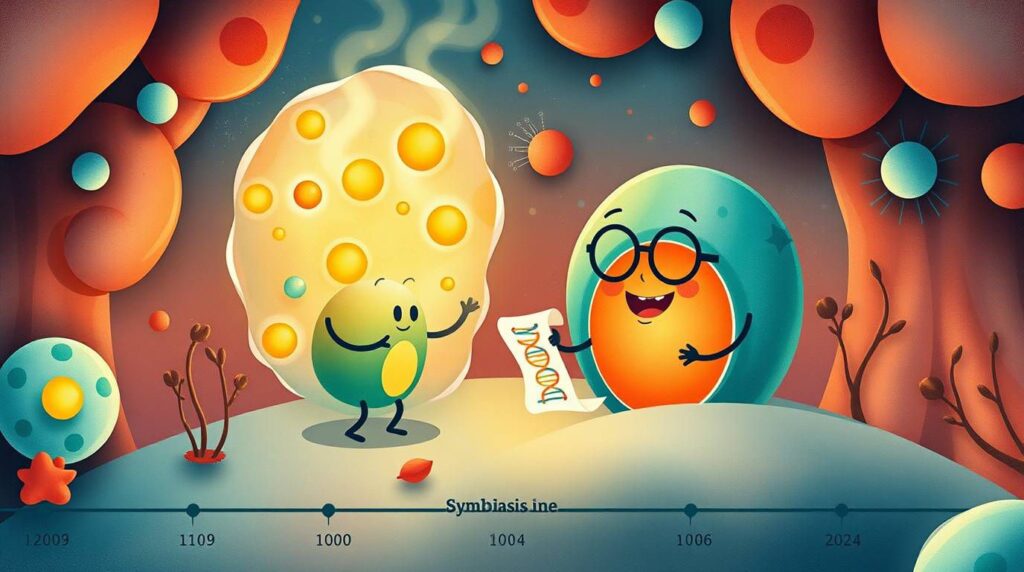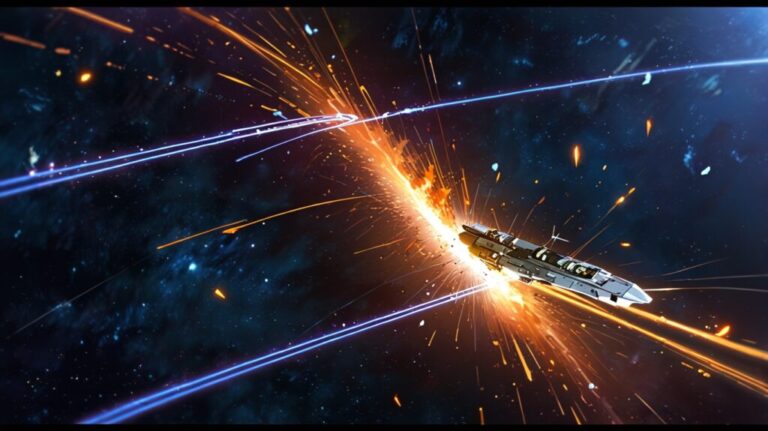Why do mitochondria have their own DNA?
You’re here — which probably means you’ve already come across that wild fact in your textbook: “Mitochondria have their own DNA.” 🧬 And now your brain’s like, “Wait, what? Aren’t they part of the cell? Why are they acting all independent?”
Good question. And don’t worry — we’re gonna break it down in the simplest, chillest way possible.
Why Do Mitochondria Have Their Own DNA?
Alright, so imagine a big city (the cell 🏙️). Inside that city, there’s a power plant called the mitochondrion (singular for mitochondria). It’s the place that supplies all the energy — kind of like the city’s electricity hub.
But here’s the plot twist: the power plant isn’t just a regular facility built by the city. It’s more like a mini independent company that moved into the city long ago — and never left.
That’s why it still carries its own user manual (aka DNA). 🧾
Let’s back up a bit and get into the origin story.
🔬 1. The Endosymbiotic Theory — Mitochondria’s Origin Story
Way back, like 1.5 to 2 billion years ago, there were no complex cells. Just a bunch of simple, bacteria-like organisms floating around.
One day, a big ancient cell swallowed a smaller bacteria-like cell. But instead of digesting it (which it usually would), it was like, “Wait — this little guy makes energy really well. What if we… keep it?” 🤝
So they formed a partnership.
The little bacteria provided energy (through a process called respiration), and the big host cell gave it protection and food.
Over time, the smaller cell became the mitochondrion — and it stuck around. But it never gave up all its independence. It kept some of its own DNA, so it could still handle a few things on its own.
That’s why today, mitochondria still have their own DNA — a tiny ring of genes that’s separate from the DNA in your cell’s nucleus.
Wild, right? Your cells are literally built on ancient teamwork.
—
🧬 2. What Kind of DNA Do Mitochondria Have?
Their DNA is:
- Circular — like bacteria, not like our long, twisty chromosomes
- Super small — they only have about 37 genes (your cell nucleus has over 20,000!)
- Responsible mostly for stuff related to energy production (like the enzymes involved in making ATP)
So even though mitochondria live in your cells, they kept a backup of instructions to run their energy factory.
—




👩🔬 3. Why Didn’t They Just Ditch the DNA?
Okay, fair question. If the mitochondria are part of the cell now, why keep their own DNA?
Here’s the thing: mitochondria need to react quickly to energy demands. If all their instructions had to go through the cell nucleus, it would take too long.
So by keeping their own little instruction book nearby, they can:
- Make key proteins fast
- Respond to changes in energy needs immediately
- Maintain some control over their own operation
It’s kinda like having a mini emergency manual at the power plant itself, instead of calling city hall every time a fuse blows.
—
👶 4. Fun Fact: You Got Your Mitochondrial DNA from Your Mom
Yup, all your mitochondria — and the DNA inside them — come from your mother’s egg cell. Sperm don’t pass on their mitochondria (they leave them behind).
So technically, your mitochondrial DNA is a direct line back to your mother, your grandmother, and every woman in your family tree. Kinda poetic, right?
—
🧠 TL;DR — The Quick Recap:
- Mitochondria have their own DNA because they were once free-living bacteria.
- A long time ago, they teamed up with bigger cells and became permanent roommates.
- Their DNA helps them manage energy production quickly and efficiently.
- It’s circular and bacterial-style, which shows their ancient roots.
- You inherit all your mitochondrial DNA from your mom.
—
📌 Disclaimer:
This easy version is meant to help you understand the concept better. If your exam or teacher expects a textbook explanation and you write this one instead, we’re not responsible if it affects your marks. Use this for understanding, not copy-pasting.
—
🔗 Related Articles from EdgyThoughts.com:
How Does Entropy Relate to Spontaneous Reactions?
https://edgythoughts.com/how-does-entropy-relate-to-spontaneous-reactions/
How Does Epigenetics Influence Gene Expression?
https://edgythoughts.com/how-does-epigenetics-influence-gene-expression/
🌐 External Resource:
Want a deeper dive into this epic endosymbiosis? Here’s the Wikipedia page:
https://en.wikipedia.org/wiki/Endosymbiotic_theory
What If Reality Is a Simulation Running on Light 2025
https://edgythoughts.com/what-if-reality-is-a-simulation-running-on-light-2025/
What if money lost all its value overnight?
https://edgythoughts.com/what-if-money-lost-all-its-value-overnight/





